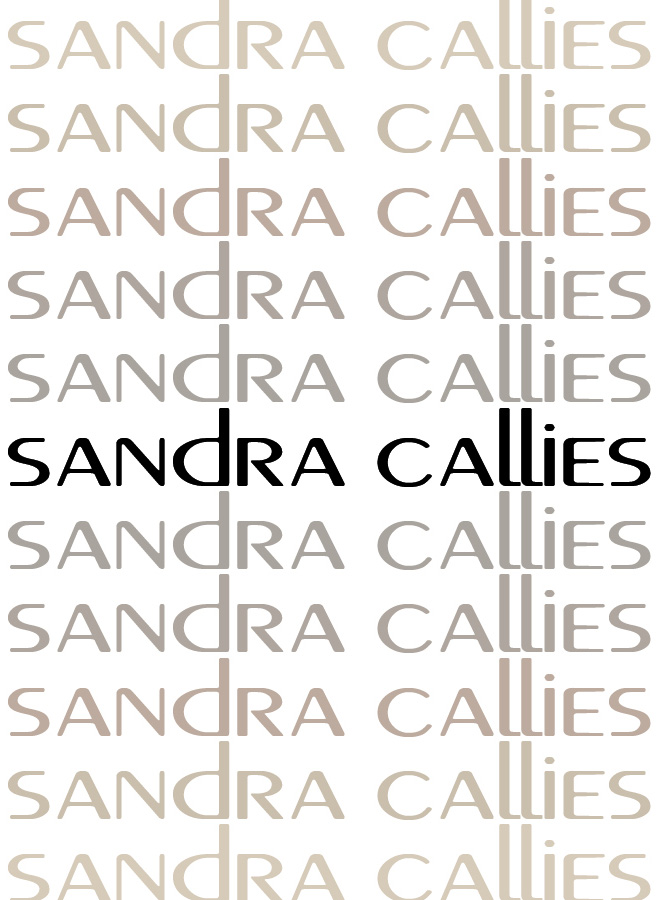Spring 2015 M.Arch Thesis Project | Concepts
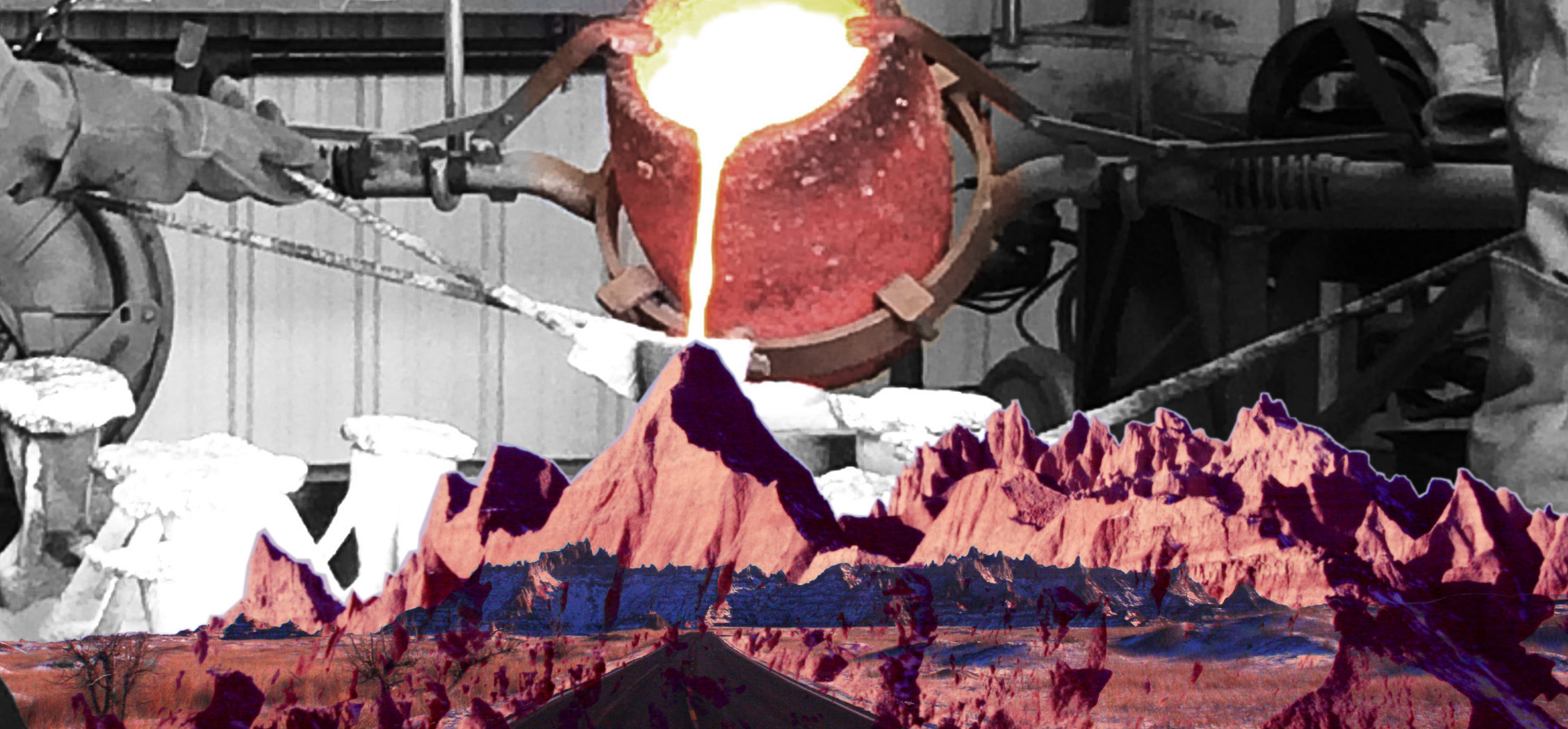
Learning and Celebration
History of the American Old west is often marketed to the roadside culture by using rustic, false facades on new buildings. This Architecture of the West must be challenged. The buildings are mostly less 50 years old and typically replicating the old West. At a location such as Cedar Pass in the Badlands, the building functions are separate and unconducive to the reverence of the Badlands. My ambition is to resurrect the spirit of celebration and learning at Cedar Pass into a “Roaring Desolation”.
The site originally opened in 1928. The Cedar Pass Lodge had cabins, a dance hall and dining room. It was a destination for the American Roadside Culture. The buildings today cater to one-time users and less to local and regional visitors. The visitor center and the buildings are owned by the National Park Service and operated by Forever Inn Resorts. The landscape is a remote place yet is at a crossroads of highways. The nearby town of Interior has a population of 67 people and surrounding hotels and campgrounds that can host up to 1000+ people.
Human settlement brought new people and economy to the area. Ben Millard opened the site to outsiders with the Cedar Pass Lodge. In 1939, Theodore Roosevelt made the Badlands a National Park. The history of the geology relies on the National Park Service and the Ben Reifel Center. Today, all buildings on the site are owned by the NPS however do not collaborate functions. The Cedar Pass Lodge and many of the surrounding hotels are only open seasonally. By tearing down the Ben Reifel Center and the Cedar Pass Lodge, a new building can incorporate all previous functions and more.
The functions within the building will strongly support education about geology and paleontology and support an interest in barroom culture. Learning from fossils and celebrating the forthcoming would provide use for locals and visitors year round.
Badlands, South Dakota: 80,000 Square feet
1940s Kodak Album Photos
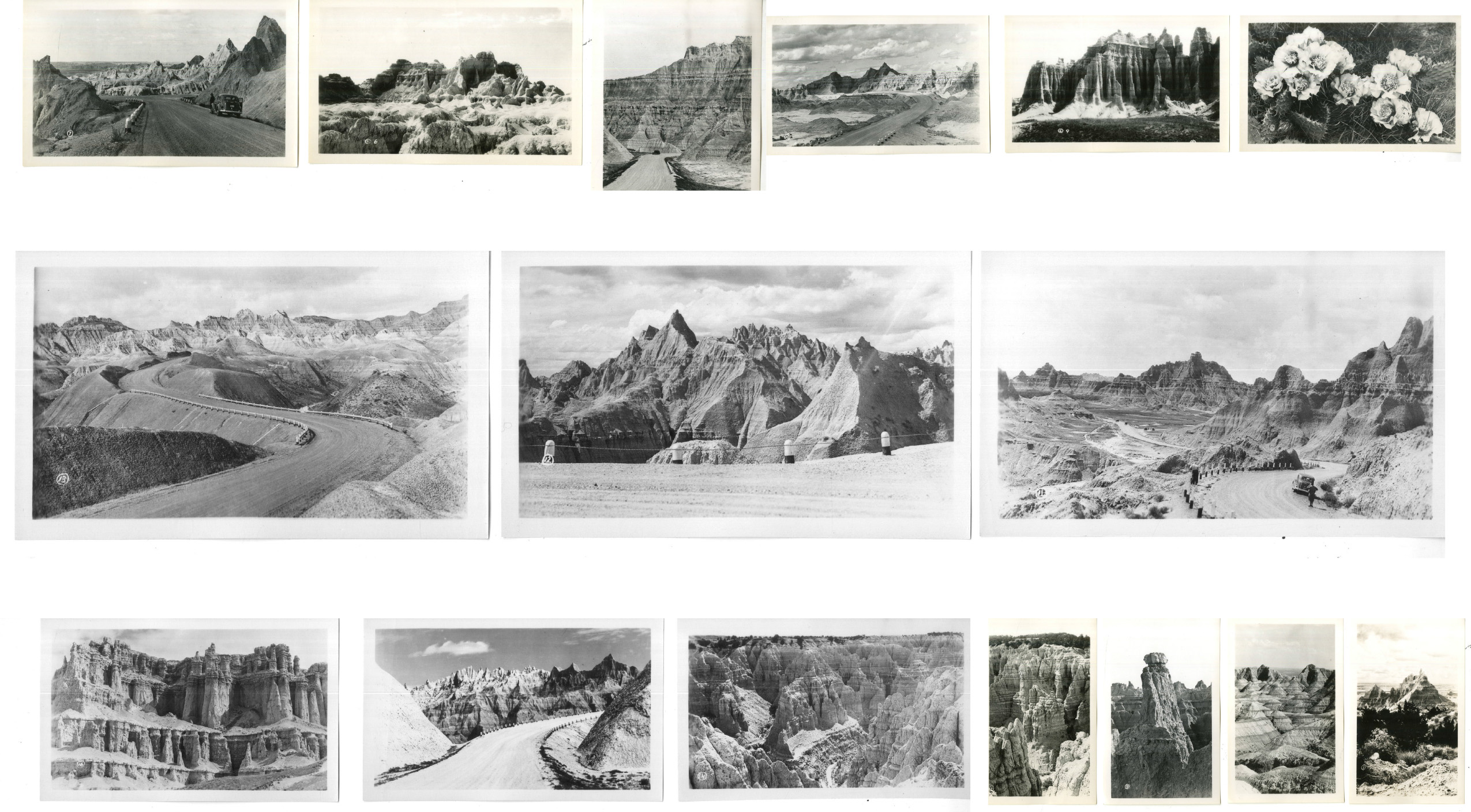
Cedar Pass
The Badlands are a desolate and hardly rural. The site at Cedar Pass is a Tabula Rasa. The sculptural landforms and topography serve as a frame for this blank canvas of land. The topography at Cedar Pass has an extreme ridge of Badland geology surrounded by endless grasslands.
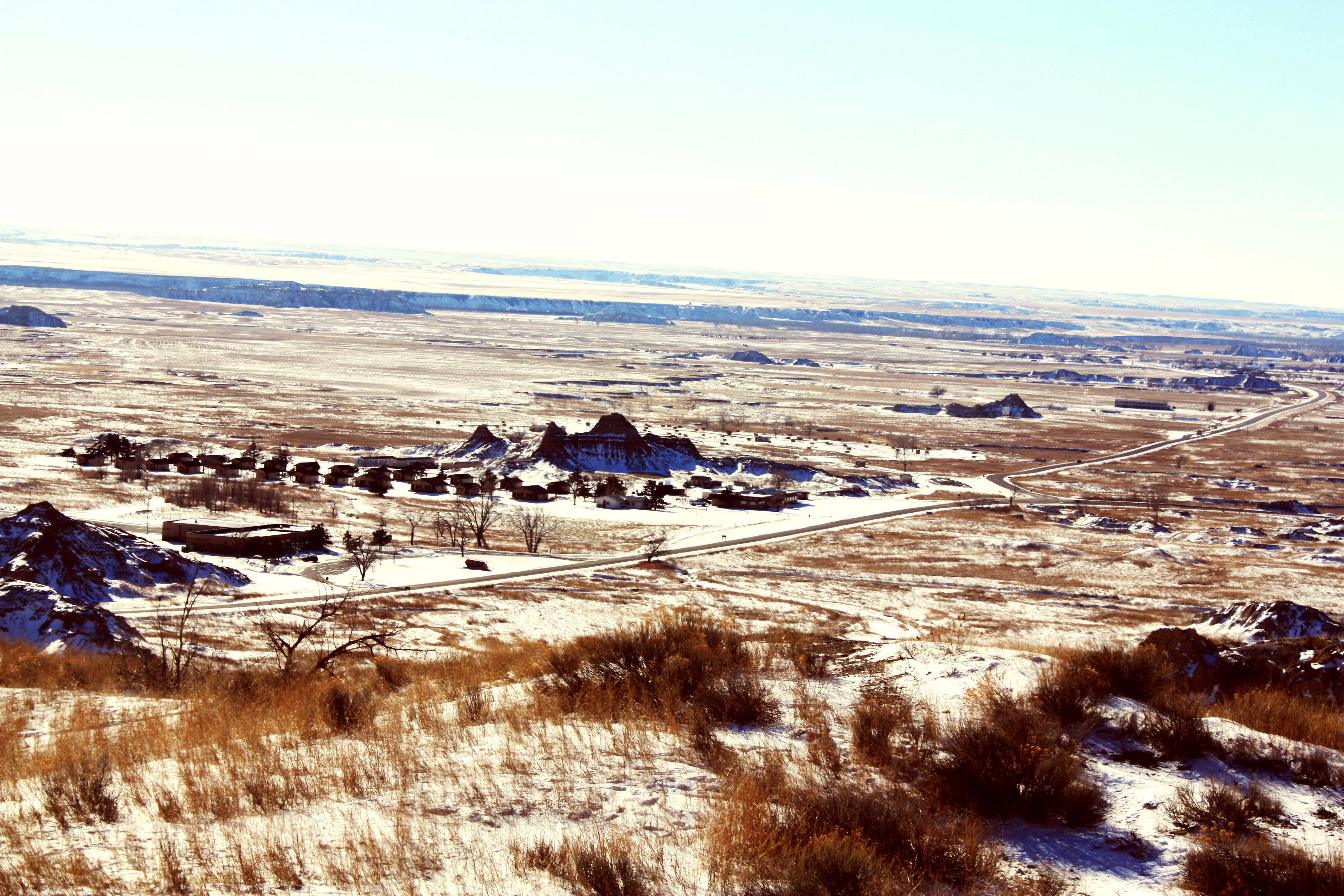
Removing current buildings

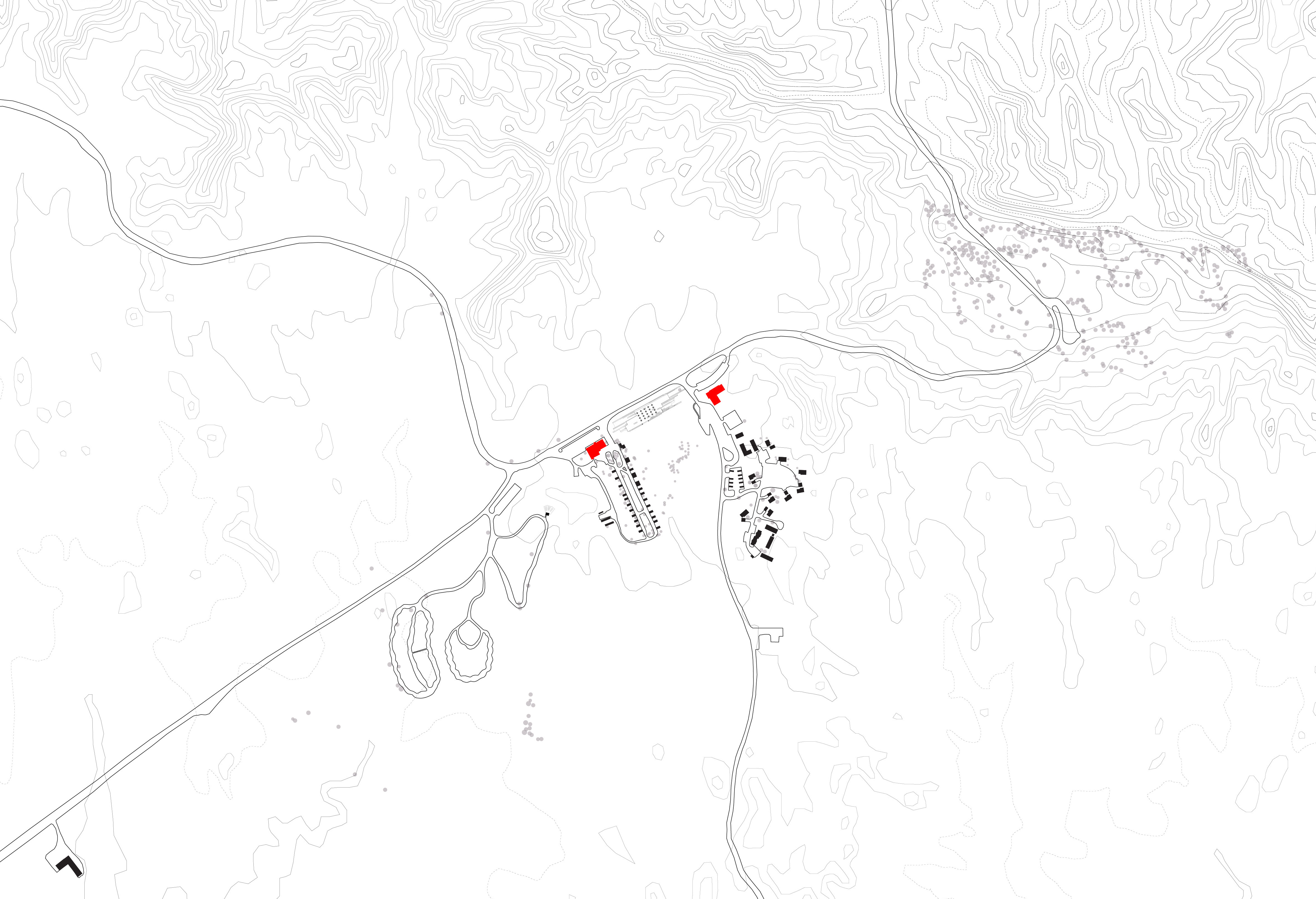
Concrete
The redesign of the site will attribute to the landscape sculptures that characterize many areas of South Dakota. Using mounds of dirt, the buildings main structure will be cast in-place concrete forms. Much like the construction of Arcosanti by Paolo Soleri, the concrete mixing will happen at the construction to reduce material transportation.
Initial Concept Model

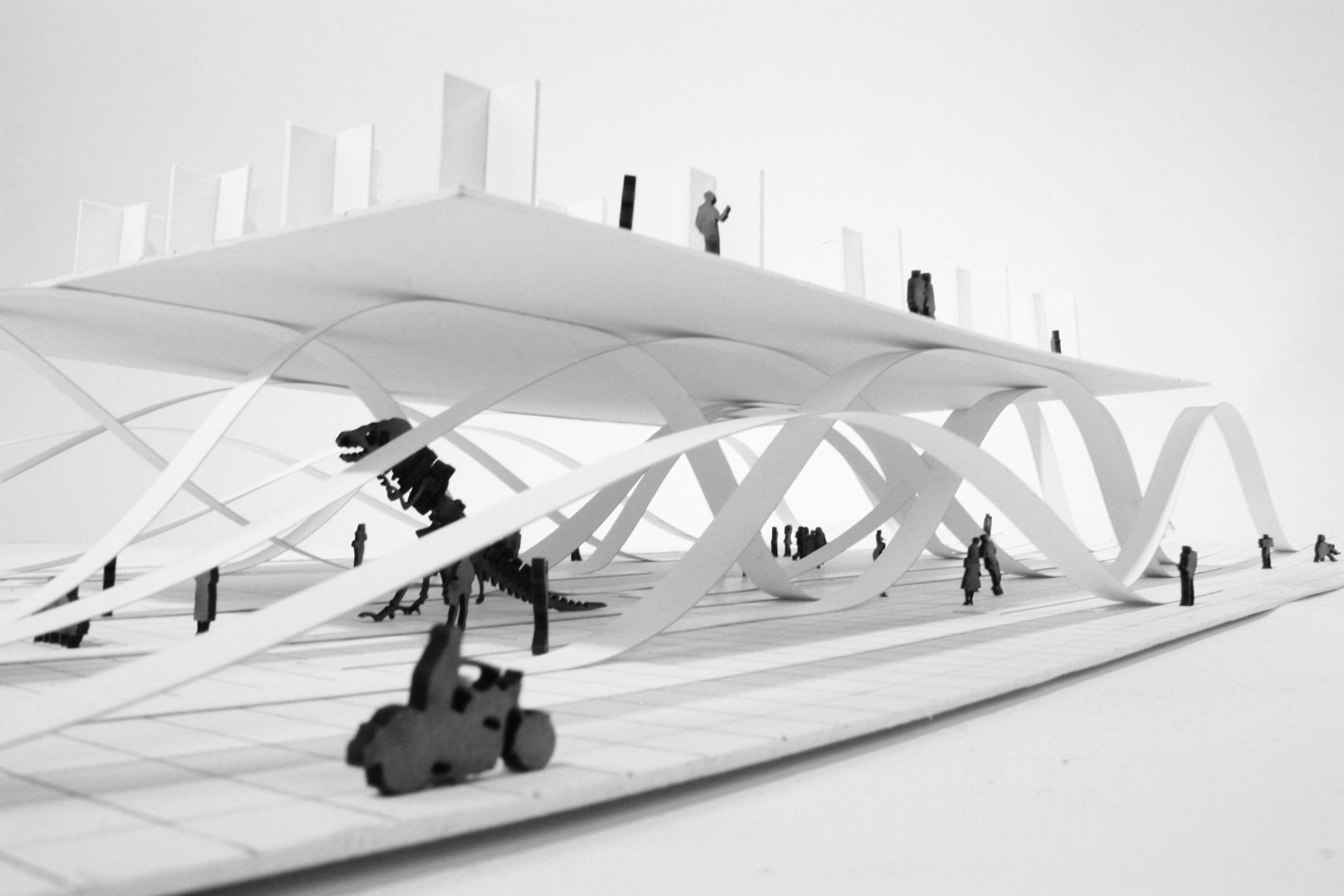
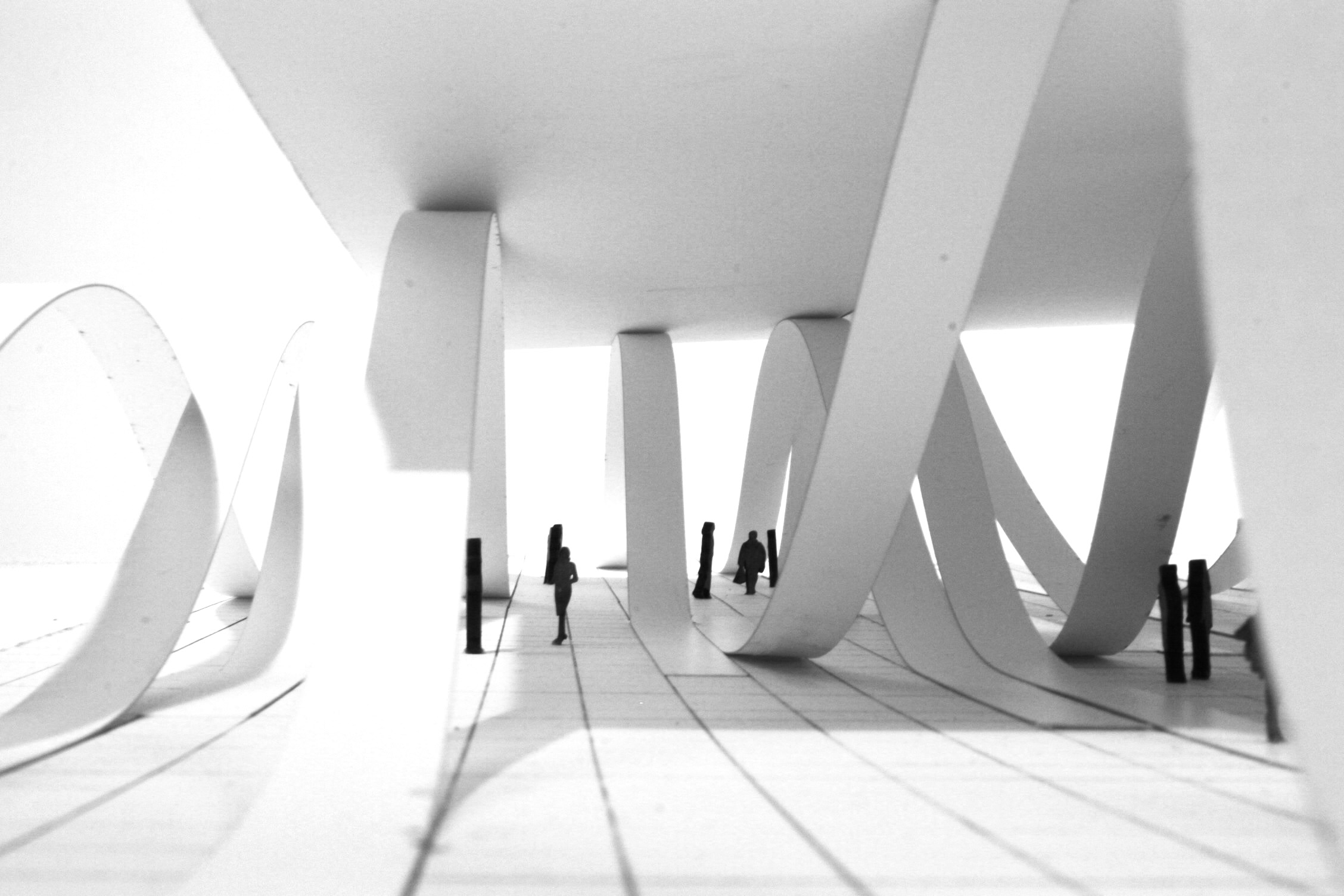
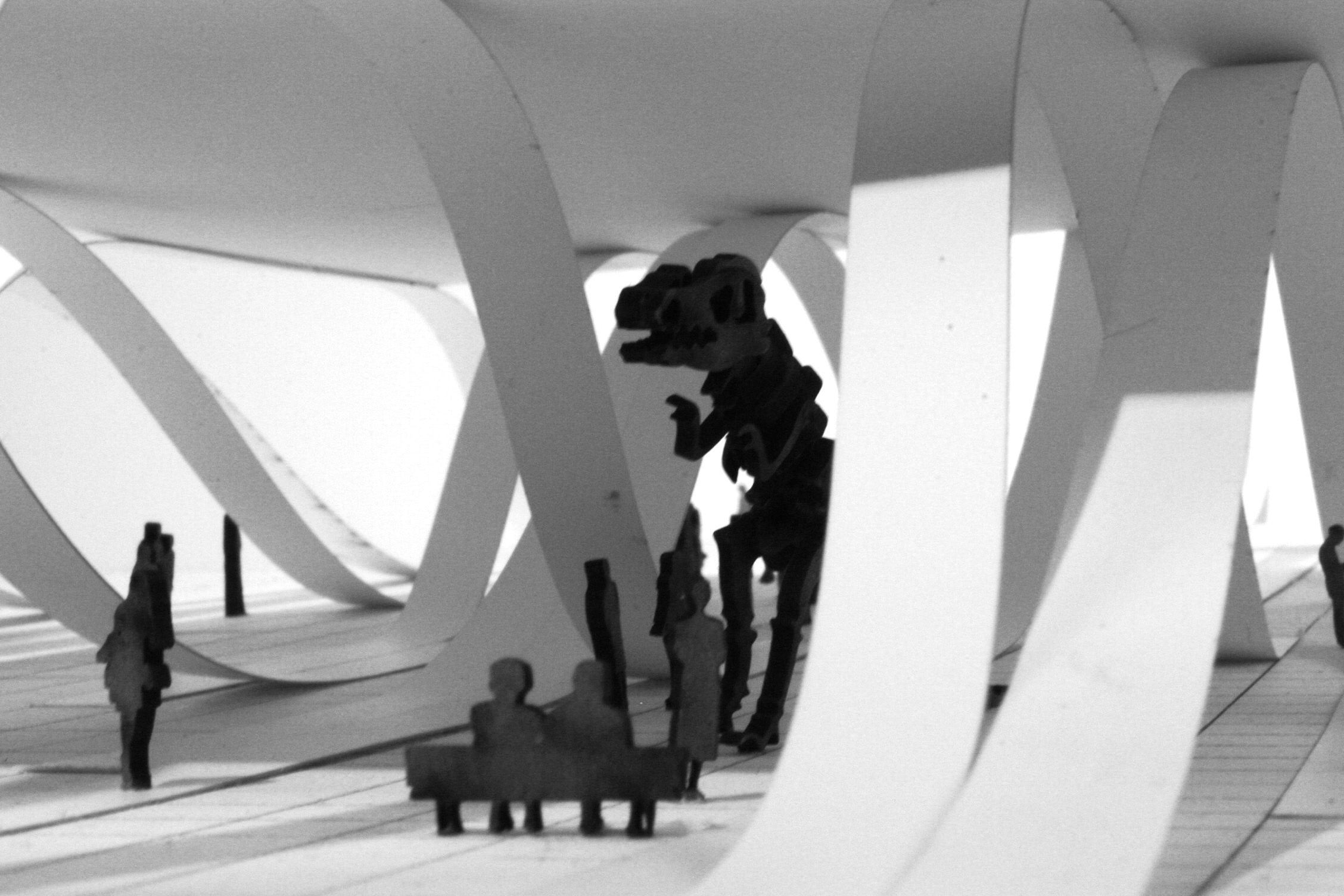
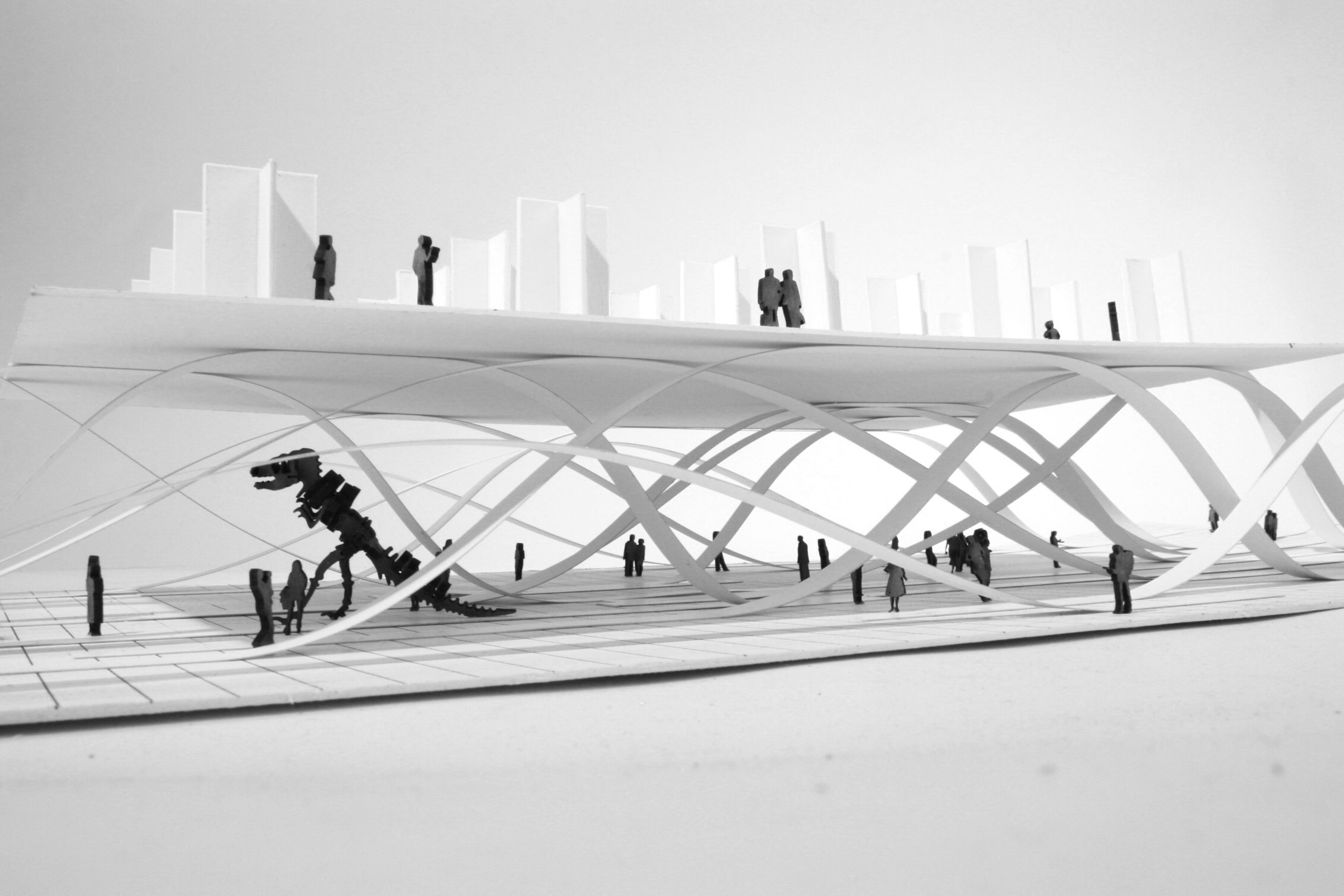
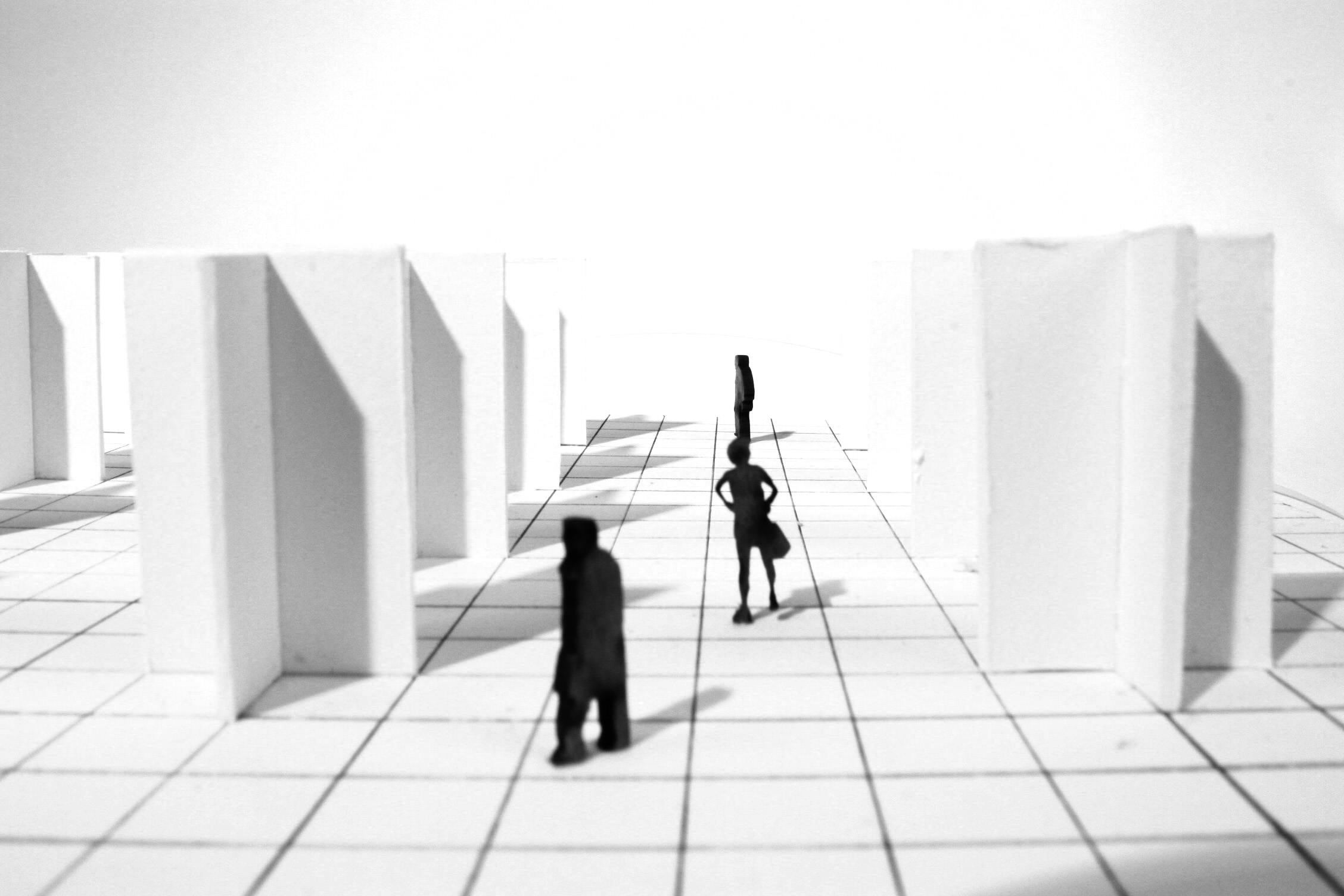
Superstudio and Kandinsky
My project was heavily influenced by architectural theories of Superstudio and artistic theories of Kandinsky. Understanding the circumstance of Cedar Pass under these ideologies molded my building proposal.
Superstudio was a radical group from Florence in the 1960s that explored Utopian design and used architecture for political and social protests. They used imagery of landscapes and infinite grids to explore formative approaches to urban design. Superstudio critiqued Modernism and mainstream architecture for exasperating environmental and social problems.
Wassily Kandinsky was influential Russian painter and art theorist during the early twentieth century. He spent 10 years teaching art at the Bauhaus school of art and architecture where his art theories were opposite of the constructivism and suprematism movements at the time.
As the buildings currently at Cedar Pass are a product of Modernism, a separation from absolute functionalism is a start to designing a new building in this rich, sublime environment. While model building, I used studied light conditions of abstract physical models. Abstract paintings of watercolors on grid paper was my initial design of Tabula Rasa.


Geometric spaces

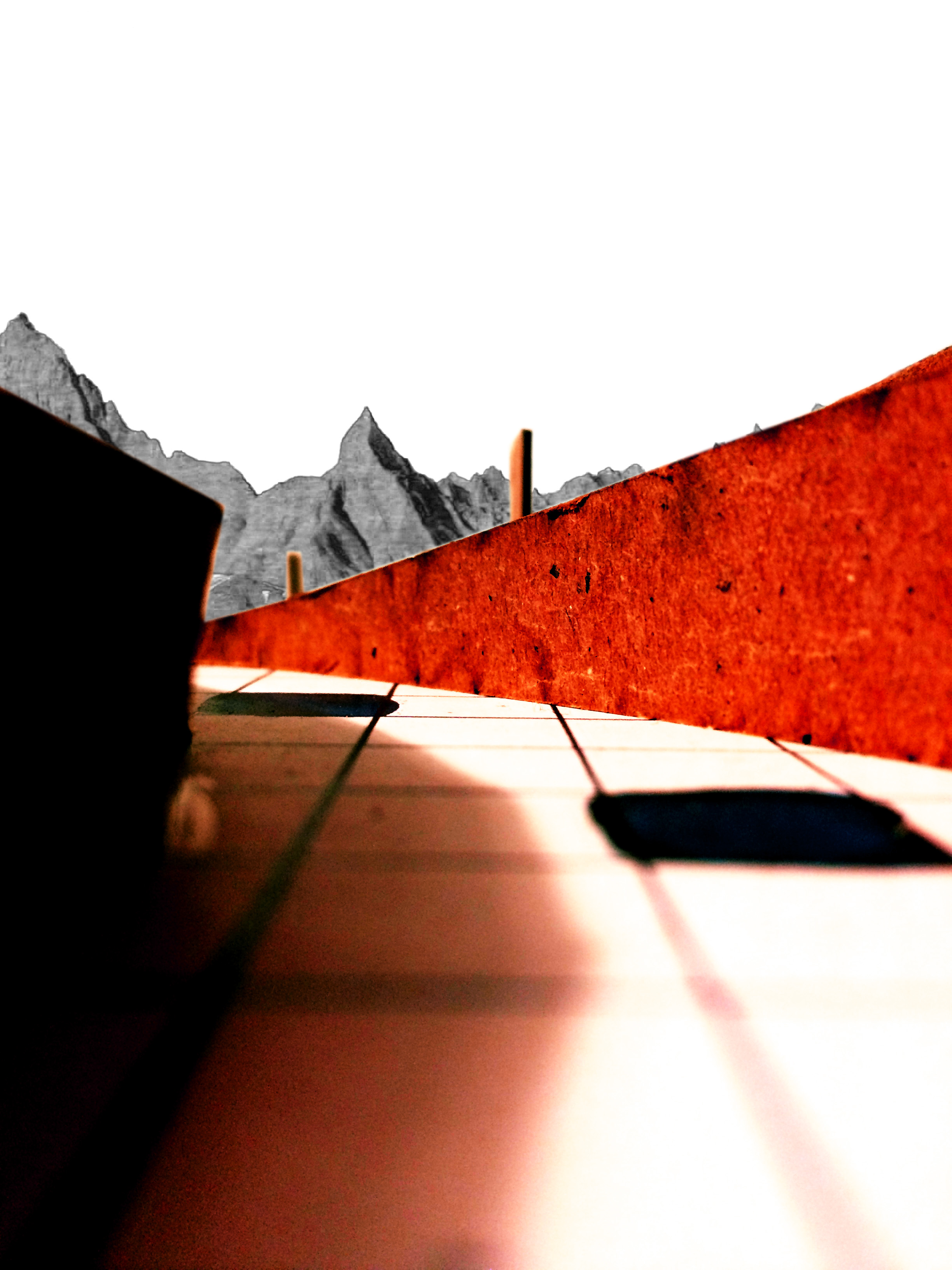
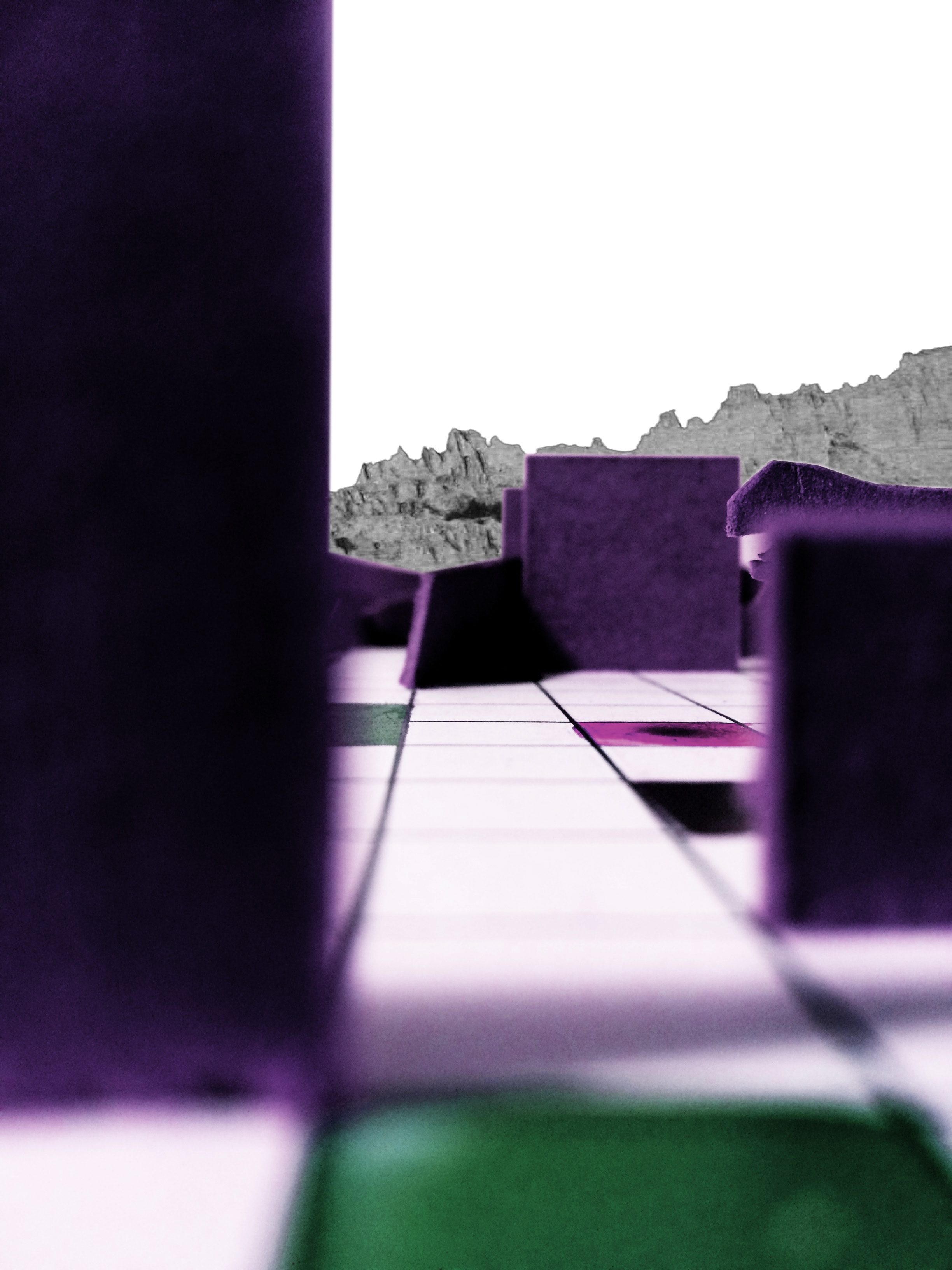
Watercolor Studies
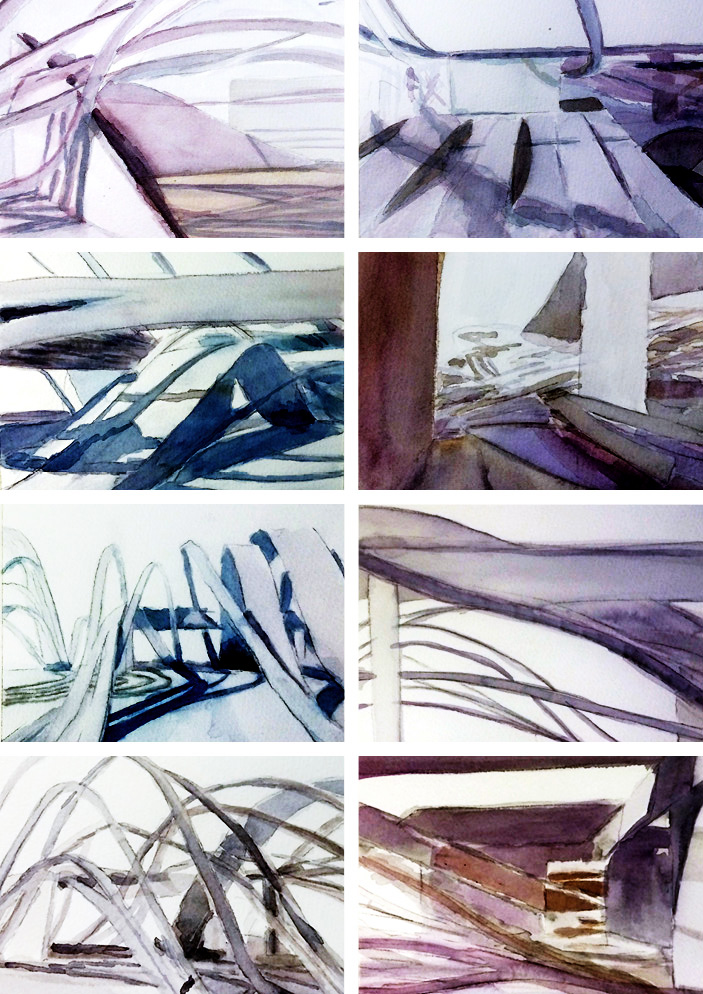
Site Model

By finding a new architecture that disregards a modernist approach, this Sand Palace will resurrect the site and invite people to learn and celebrate the unique history of the Badlands.
